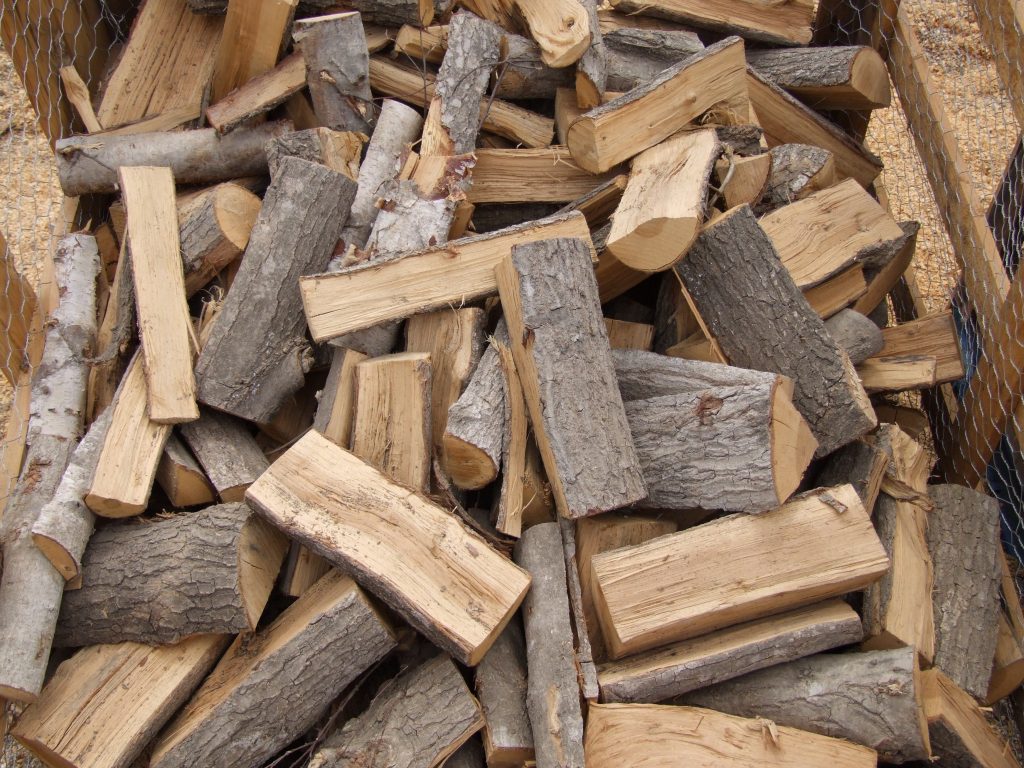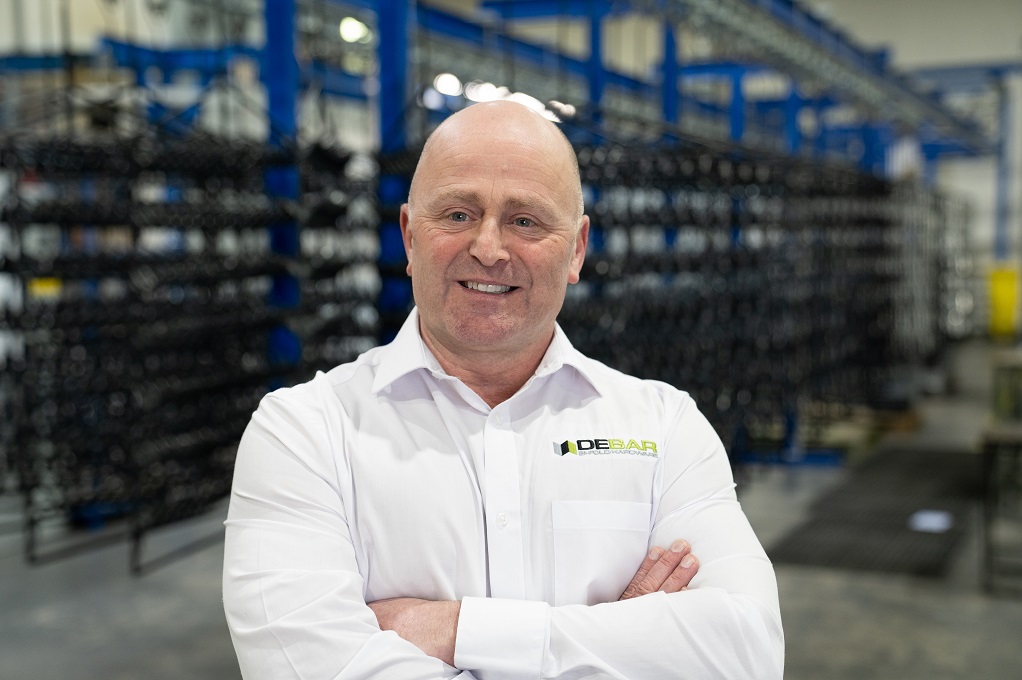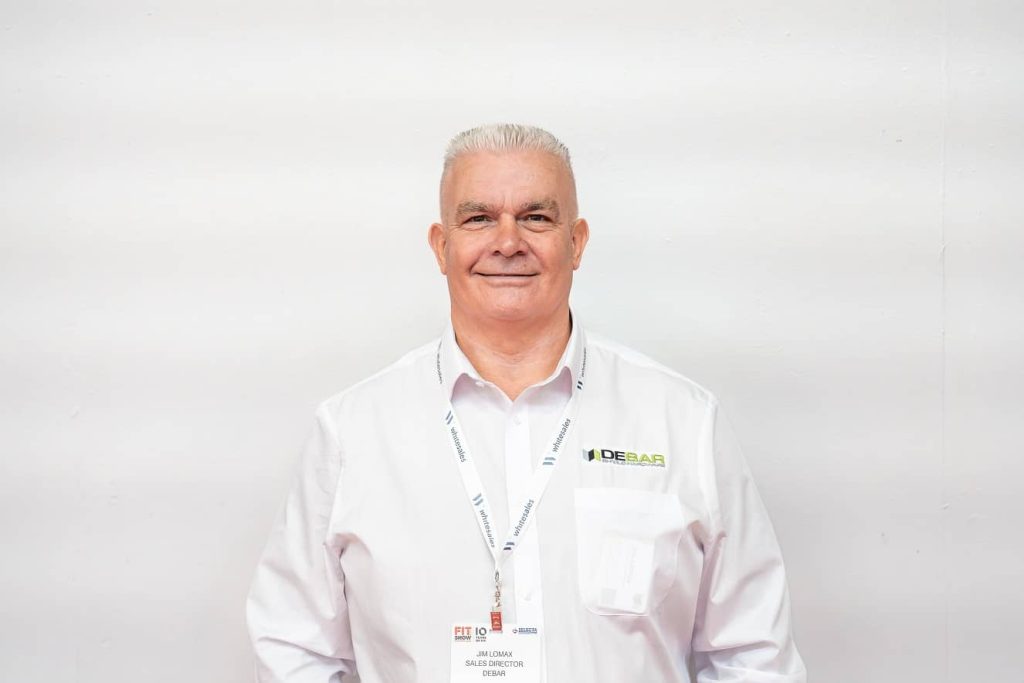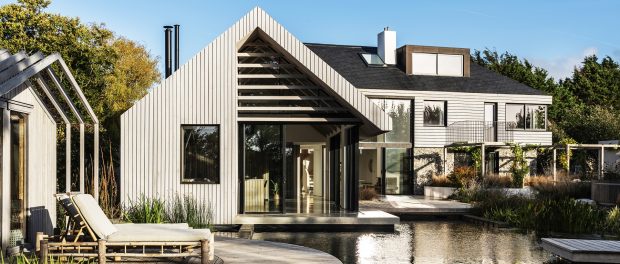The natural choice for new-build


New home building in the UK is driven by efficiency, with a growing emphasis on sustainability during design, construction and throughout the life of the building.
As a building material, wood offers a cost-effective and environmentally friendly alternative to the traditional block and brick construction. Timber-framed new-builds are becoming more common as large-scale property developers experiment with ways to build long-lasting homes quickly and efficiently.
For self-builders and independent projects, wood is also a popular building material, particularly in homes built to Passivhaus standards, which combine ultra-low energy consumption with consistently good air quality to produce a building with minimal environmental impact. To date, over 65,000 Passivhaus buildings have been constructed worldwide.
But the benefits of wood are not limited to construction. A combination of new legislation designed to boost environmental performance and the development of energy efficient appliances and innovative chimney and flue solutions, mean that this ancient fuel is keeping pace with the demands of new-build homes today. Wood burners are being used as small-scale renewables, helping end users reduce their need for fossil fuels and providing the perfect complement to a completely off-grid property.
EcoDesign
To support worldwide demand for high-performance, energy efficient products across all sectors, the European Commission has introduced the Ecodesign Directive. This helps eliminate the lowest performing products on the market and support industrial competitiveness and innovation by promoting better product environmental performance throughout Europe.
Ecodesign for wood burning stoves covers a wide range of emissions from particulate matter to carbon dioxide, nitrogen oxides, other carbon gases compounds and carbon monoxide.
While it’s not due to come into force until 2022, the main UK manufacturers that are members of the Stove Industry Alliance (SIA) have already started releasing stoves that meet Ecodesign’s criteria.
Extra heat
If you make sure the appliance you choose is an Ecodesign approved one, a stove can make a real contribution to home heating in new-build properties. With high levels of insulation and an often open-plan design, a well-positioned wood-burner can mean thermostats are turned down or even off. Some wood-pellet stoves even provide heating and hot water capabilities.
Apart from the stove being efficient, however, you must make sure the fuels of good quality. The drier the wood, the more cleanly it will burn, reducing particulates released into the air. Freshly cut wood is mainly moisture, with a water content between 60 and 80% whereas kiln-dried is only 20 – 25% moisture and therefore burns far more efficiently. As an example, logs with a moisture content of 40% will produce 2.7kWh of heat, compared with 5kWh burning logs at less than 20% moisture.
It’s all in the flue
To make stoves really work in new homes that are highly efficient, even passive, it’s key that you choose flueing and chimney products that enhance the burners efficiency, while preventing heat loss. Pumice is a great option for chimneys, flues and fireboxes, a naturally insulating material that ensures flue pipes are safe to touch while keeping heat in; ideal for family homes.
To prevent heat loss, there are specialist pass thru systems that allow flues to be routed through walls while meeting the latest European Building Regulations and even the strict Passivhaus criteria. While Passivhaus homes are designed not to require heating, the reality is that on the coldest of days, an extra bit of warmth and the flicker of a fire adds a cosy-feel that many homeowners still seek.
In timber frame buildings, preventing unwanted combustion is another consideration. There are specific pieces of kit designed for these types of builds, protecting the building from burning potential and allowing installers to fit the flue straight through the timber without fire risk, all while keeping the all-important air tightness in-tact.
While the fuel may be ancient, modern burners and associated flues are far from ‘old fashioned’, utilising the latest technology to ensure new-build homes can benefit from the practical and aesthetic benefits of wood burning.




















